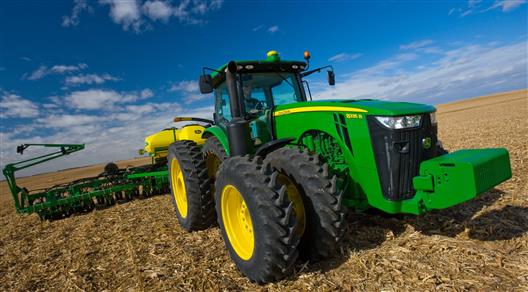Cover crop and no till or limited till practices to be researched
by July 25, 2023 12:00 pm 705 views

Researchers with the University of Arkansas System Division of Agriculture are conducting research examining soil health practices and their impacts on crop risk insurance premiums and other financial factors often faced by farmers. Their focus will be on the use of cover crops and no till or limited till practices.
A cover crop is a not-for-cash crop that is planted on a field off-season. The “cover crop” stops soil erosion and keeps and replenishes nutrients in the soil. Cover crops allow for much less tillage of the soil, which saves on fuel costs and reduces carbon emissions. It improves insect and weed control in fields as well as soil biodiversity and water collections.
Some cover crops can be detrimental to certain cash crops. Winter pea, for example, has been shown to harm cottonseed germination and growth if the cotton is planted right after the cover crop’s termination. Cereal rye as a cover crop before corn is also not recommended, soil health instructor Matt Fryer previously said.
Lawson Connor, an agriculture economist for the Division of Agriculture, is the primary investigator for Arkansas’ involvement in the research. He is joined by researchers from U.C. Berkley and Rice University.
The funding for the research stems from a $715,611 “Seeding Solutions” grant from the Foundation for Food & Agriculture Research. The grant work will is also paired with an AFRI award totaling $800,000 where the University of Arkansas will partner for $175,000. Several family foundations are providing matching funds, bringing the total investment to more than $2.2 million.
Connor said he and other researchers involved in the grant-funded project will be working with available data on cover crop use, crop rotation and no-till or reduced tillage to identify corollaries in higher yields and lower risks to annual crops.
“We’re trying to translate things like yield improvements and risk reduction to financial benefits,” Connor said. “First, by showing that they’re reducing risk, farmers have lower rates of default and should be able to get better loan agreements. Second, given that crop insurance premiums correlate to risk, the price to mitigate that risk should be lower.”
Connor and his fellow researchers will be correlating nearly two decades’ worth of data on Midwestern corn and soybean production. The available data includes information on soil health practices that have been employed, estimated yields, known historical climate and soil data and county-level economic data.
“Much of the crop data is based on satellite detection,” Connor said. “It also contains specific practices, such as tillage rotational complexity and an aim to add cover cropping in the future as well. Then we’re looking at tillage and rotational complexity and how they impacted yields year to year, particularly during events such as really dry years or really wet years — seeing what the different outcomes are for those farms.”
The primary deliverable of the research is an online tool that will be available to growers, lenders and insurers to determine how various soil health practices are likely to reduce risk in a given crop.
“Right now, the models are being trained in the Midwest,” Connor said. “We’re starting there because the data were accessible from those regions. But the goal is obviously to increase that footprint nationwide.
“We think that one of the things we’ll be able to see is how these strategies benefit growers from point to point,” he said. “What are the benefits we’ll potentially see, and where do these places not necessarily translate to benefits? How we think about the benefits of some soil health practices is ill-understood,” Connor said. “A lot of what we find is that the benefits don’t translate the same way for everybody — and profits don’t seem to be the most impactful benefit you’re going to get.”
